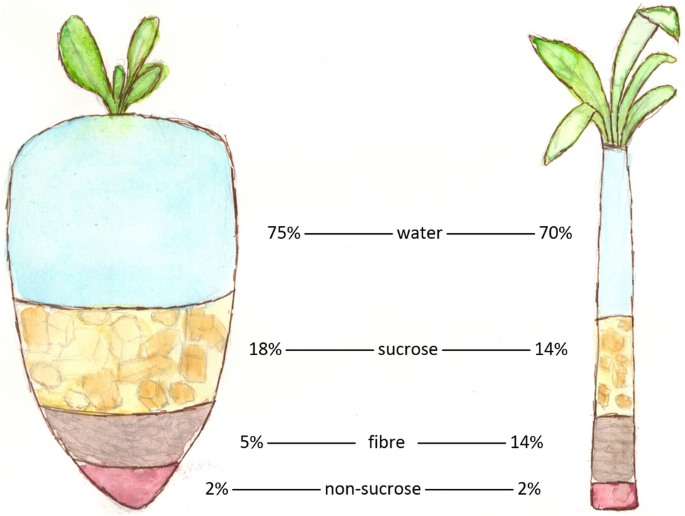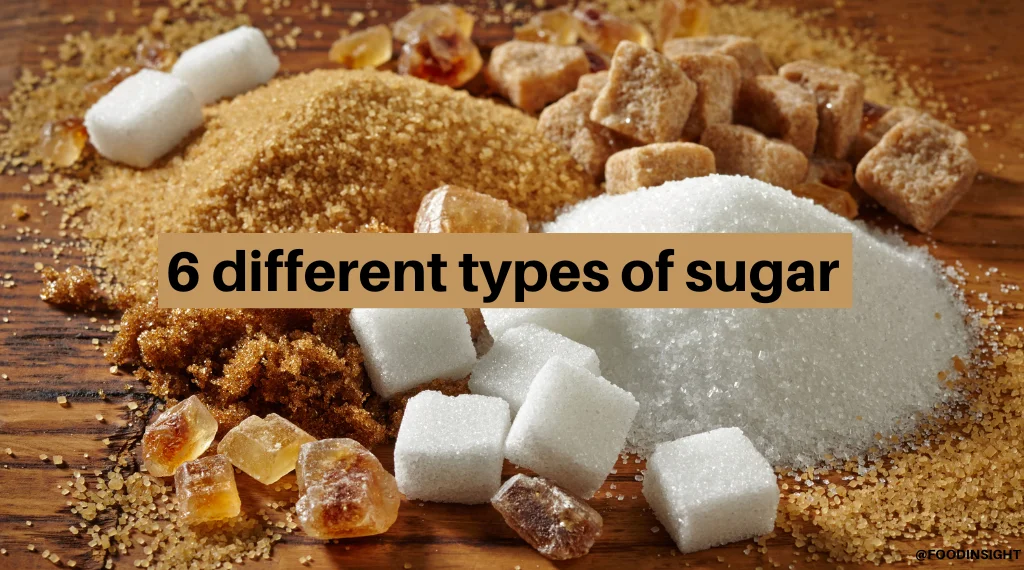Many consumers wonder if beet sugar vs cane sugar makes a difference in nutrition.
Checking Out the Differences being used and Benefits Between Beet Sugar Vs Cane Sugar
In the culinary globe, the option between beet sugar and cane sugar is not just concerning sweetness yet entails a nuanced factor to consider of taste, application, and impact. While both sugars stem from various plants, each goes through distinct production processes that discreetly affect their qualities and viability for different dishes.
Origins and Manufacturing Procedures of Beet and Cane Sugar

Walking cane sugar, on the other hand, comes from the sugarcane plant, a tropical turf native to Southeast Asia however currently grown in exotic areas worldwide - beet sugar vs cane sugar. The production of cane sugar begins with the harvesting of cane stalks, which are squashed to release the juice.

Nutritional Content and Health And Wellness Considerations

When comparing the nutritional material of beet sugar and cane sugar, it becomes apparent that both kinds basically offer the exact same calorie worths, with about 16 calories per teaspoon and no considerable nutrient variety. Each is made up almost completely of sucrose, which is a basic carb that provides quick power yet does not have vitamins, minerals, or fiber. This similarity reaches their effect on wellness, specifically worrying blood sugar degrees. Both sugars, when consumed in excess, can add to elevated blood sugar degrees, a threat factor for diabetes and other metabolic conditions. In addition, extreme intake can lead to weight gain and oral troubles, as both sugars are similarly cariogenic, promoting tooth degeneration. From a wellness viewpoint, moderating intake of any sort of sugar, whether from beet or cane, is advisable to prevent these prospective negative effects on well-being. Thus, neither holds a distinctive benefit over the various other in regards to health and wellness benefits.
Flavor Accounts and Culinary Applications
Regardless of their similar chemical frameworks, beet sugar and cane sugar differ discreetly in flavor, which can influence their usage in various culinary contexts. Walking cane sugar often lugs a hint of molasses, even in its polished type, offering my blog a warm, caramel-like touch that improves baked items, coffee, and chocolate-based recipes. This mild molasses taste is specifically valued in the cooking market for adding depth to sweets and breads. On the other hand, beet sugar is identified by its extremely fine-tuned, neutral preference, making it a flexible sugar that does not change the taste accounts of dishes. This neutrality is particularly helpful in delicate dishes, such as light pastries, lotions, and some sauces, where the fundamental tastes of various other active ingredients are meant to attract attention. As a result, cooks and food manufacturers may pick one type of sugar over the other based upon the wanted flavor result of their culinary developments.
Environmental Influence and Sustainability
While both beet and cane sugars are originated from plants, their environmental impacts differ substantially as a result of the unique techniques of growing and handling needed for each. Sugar beet cultivation typically entails comprehensive mechanization, which can boost fossil gas usage and carbon discharges. Nevertheless, beetroots can be expanded in cooler climates and require much less irrigation, potentially lowering water usage contrasted to sugarcane. Sugarcane, on the various other hand, is generally expanded in exotic areas where it counts greatly on irrigation and a longer growing duration, enhancing its water impact.
Moreover, the handling of sugarcane typically produces a substantial amount of waste, consisting of bagasse, which, although functional as biofuel, frequently adds to air pollution if melted inefficiently. Sugar beet processing more makes use of even more of the raw materials, causing much less waste. Both industries deal with challenges in lowering their environmental impacts, but recurring developments in farming methods and waste monitoring are aiming to enhance sustainability.
Economic Elements Affecting the Sugar Sector
The economic dynamics of the sugar market are dramatically influenced by worldwide market demands and profession plans. Aspects such as tariffs, subsidies, and worldwide trade contracts play crucial roles fit the competitive landscape. As an example, in areas where sugarcane or sugar beet manufacturing is subsidized, manufacturers might have a financial advantage that enables them to use reduced costs on the international market. This can produce variations in productivity and Click This Link market accessibility for manufacturers in nations without such aids.
Additionally, changes in global demand for sugar, influenced by dietary fads and commercial usage in food products, directly impact rates and manufacturing levels. beet sugar vs cane sugar. Weather condition conditions also play a pivotal role, as they can dramatically influence crop yields and, subsequently, the supply chain. This irregularity introduces a level of financial uncertainty that can lead to financial investment volatility in sugar manufacturing markets, affecting choices from planting to market strategy
Verdict
To conclude, both beet and cane sugar have special qualities that match different culinary demands. While cane sugar conveys a rich taste suitable for improving baked products, beet sugar's nonpartisanship is ideal for lighter dishes. Nutritional resemblances notwithstanding, their unique production processes and environmental effects add complexity to the selection in between them. Thus, recognizing these differences aids chefs and customers make notified choices that align with their wellness, culinary, and moral preferences.